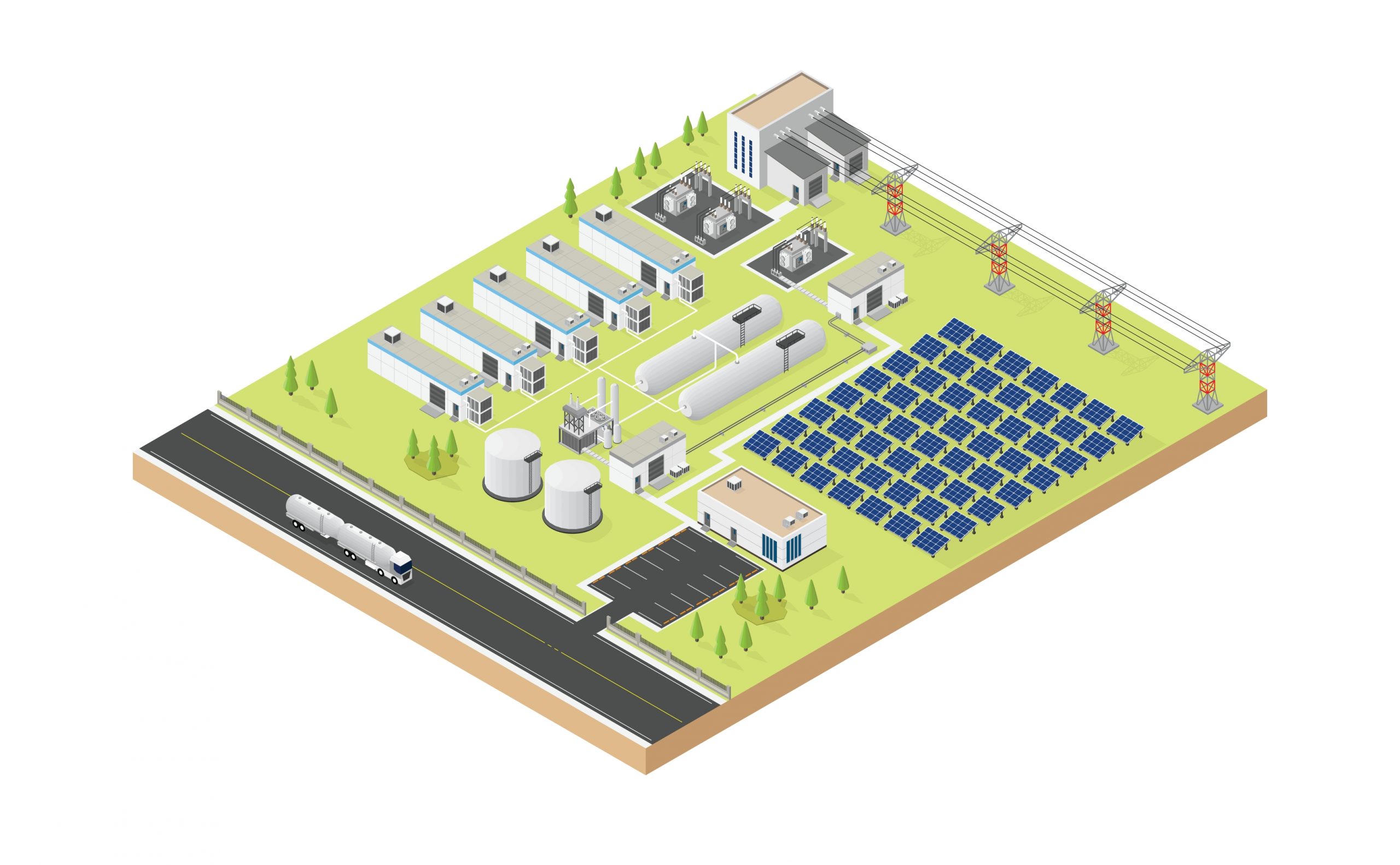NARUC, NASEO issue report that looks at value of resilience for microgrids

The National Association of Regulatory Utility Commissioners (NARUC) and the National Association of State Energy Officials (NASEO) recently released a report that examines the value of resilience for microgrids.
The report — Valuing Resilience for Microgrids: Challenges, Innovative Approaches, and State Needs – was done by the two organizations in conjunction with Converge Strategies.
Resilience is the focus on decreasing the detrimental impacts of power outages on society. The paper explores how various entities define resilience and how microgrids can achieve resilience objectives. Placing value on resilience is an important step to enable investments that reduce the damages caused by power outages.
The report looks at five new and pending resilience valuation approaches developed by Lawrence Berkeley National Laboratory, the Edison Electric Institute, and Commonwealth Edison; the National Renewable Energy Laboratory; Sandia National Laboratories and the University of Buffalo; and the Federal Emergency Management Agency.
“State Energy Offices and public utility commissions recognize the need to consider the benefits of resilience in decision-making processes,” NARUC Center for Partnerships and Innovation Director Danielle Sass Byrnett said. “This report summarizes key tools and methods for state officials: the Interruption Cost Estimator 2.0 calculator, Customer Damage Function calculator, social burden method, FEMA benefit-cost analysis tool, and Power Outage Economics Tool.”
The report was developed as part of the NARUC-NASEO Microgrids State Working Group, established in 2019 with support from the U.S. Department of Energy Office of Electricity. The objectives of the group are to bring together NARUC and NASEO members to explore the capabilities, costs, and benefits of microgrids; discuss barriers to microgrid development; and develop strategies to plan, finance, and deploy microgrids that improve resilience.
“As states start to implement the Infrastructure Investment and Jobs Act, the tools outlined in the report will help State Energy Offices and public utility commissions in better quantifying the benefits of resilience investments not only for microgrids but also other grid and mission critical facility resilience enhancements,” NASEO Executive Director David Terry said.
